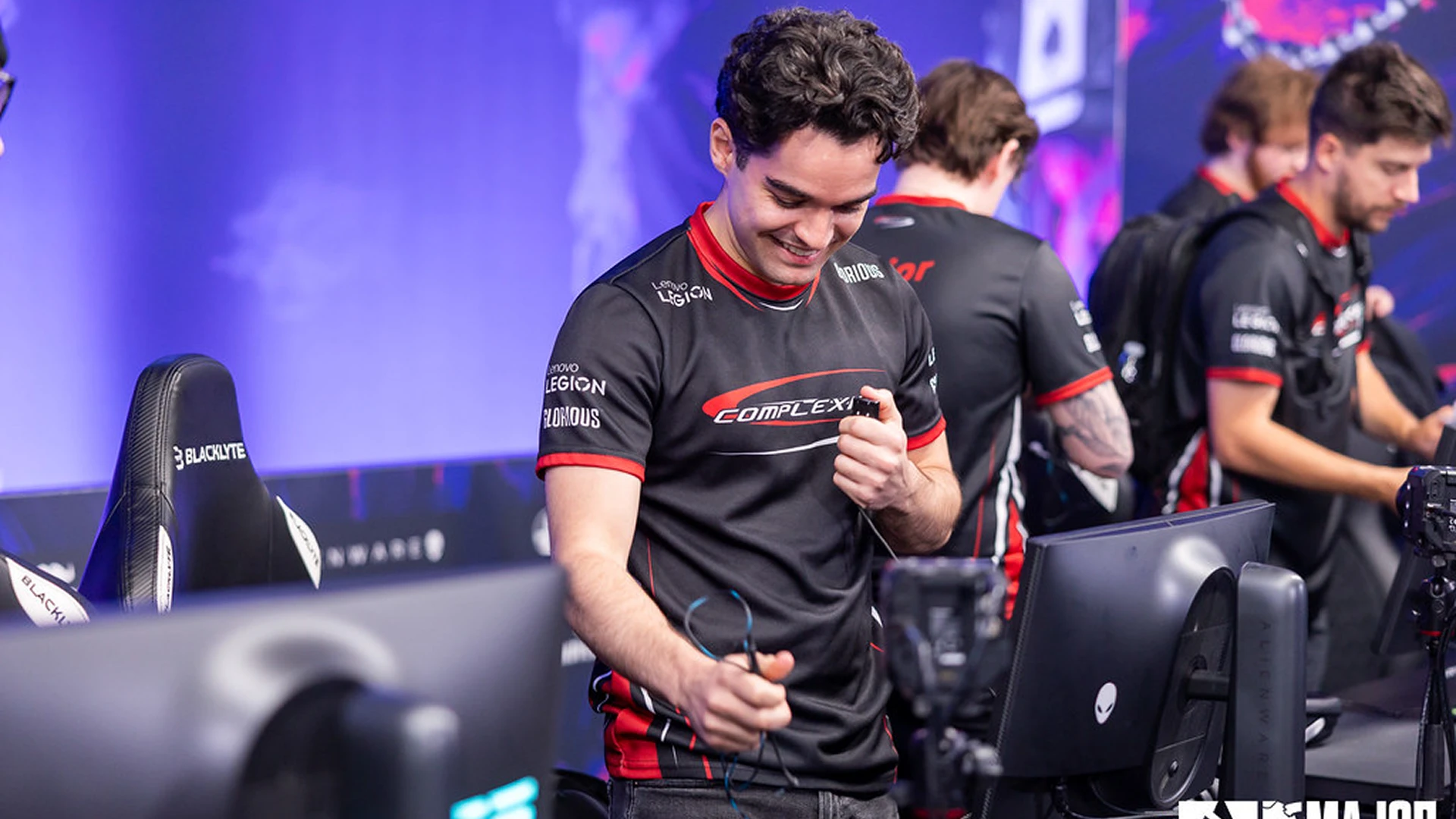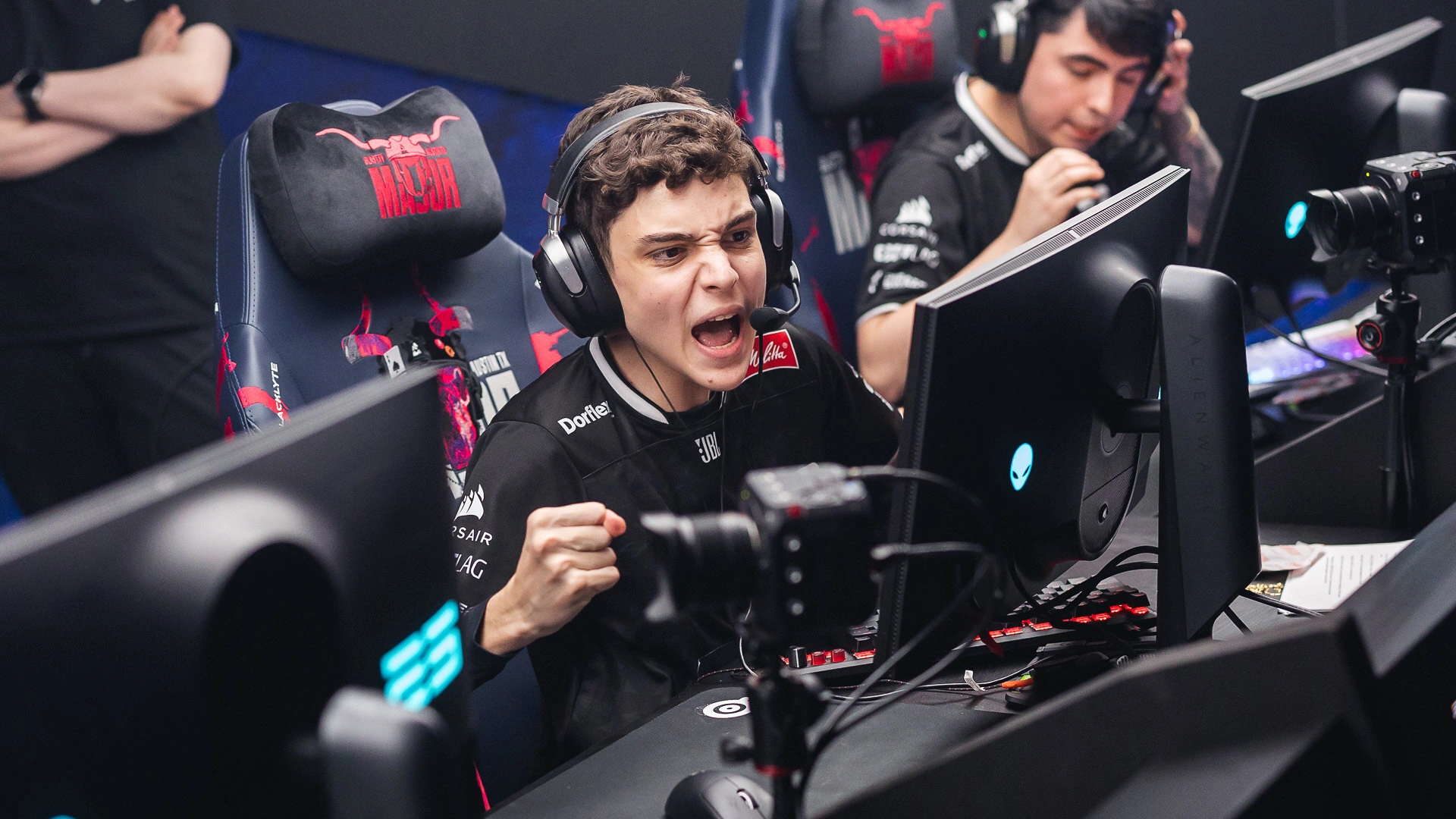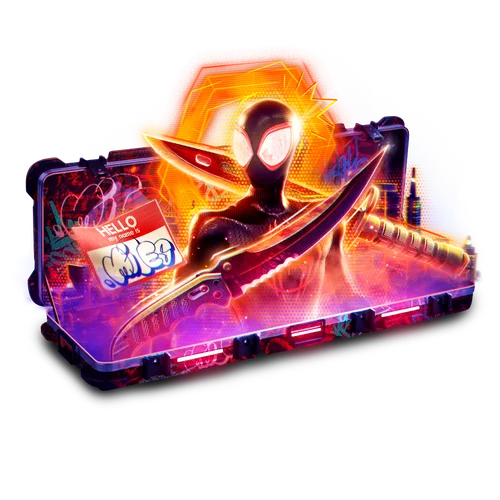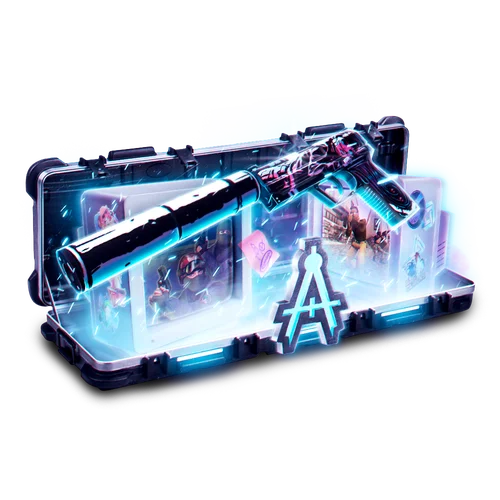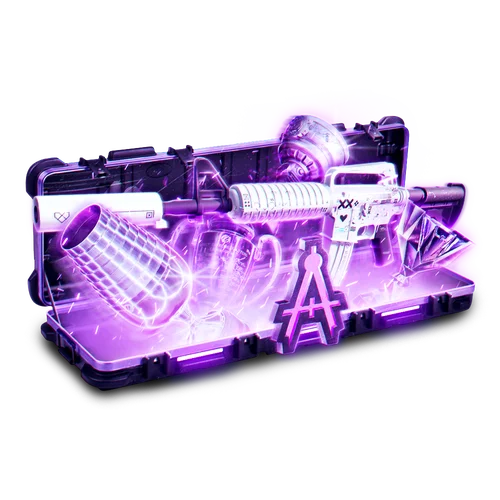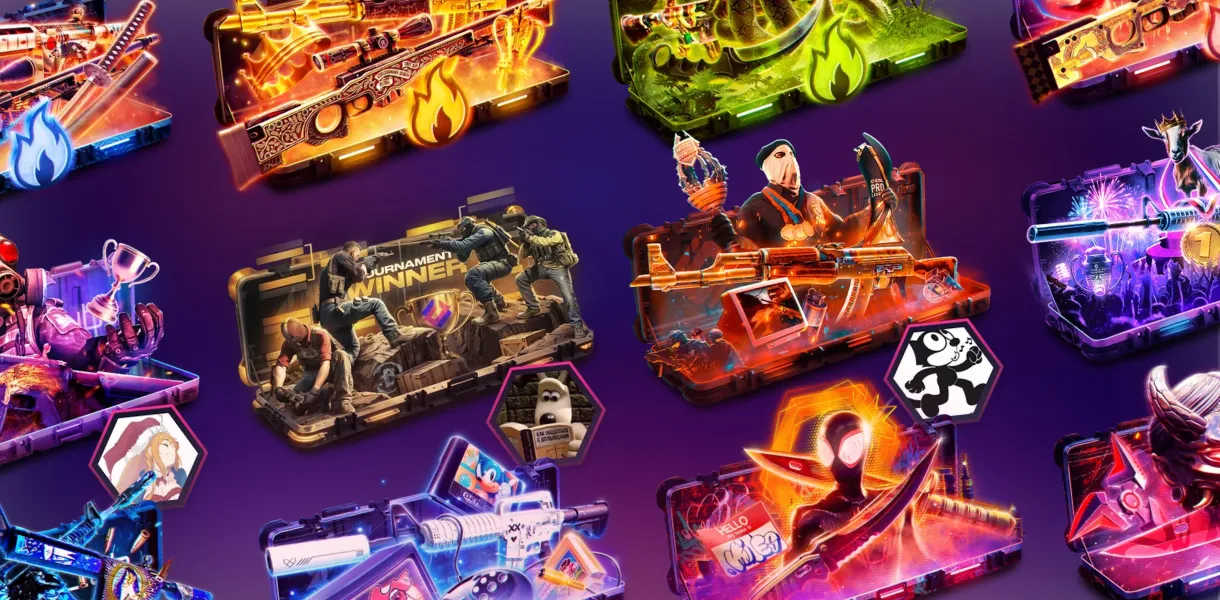In the world of Counter-Strike, a single millisecond can mean the difference between victory and defeat. That’s why FPS stability and low frametimes have become critical performance indicators in modern CS2 — especially after the shift to the Source 2 engine, which not only upgraded visuals but also changed hardware demands. In July 2025, well-known benchmarking enthusiast @ThourCS2 published a new in-depth FPS analysis of all active duty maps in CS2 — setting a new standard for players aiming for maximum smoothness and stability.
Benchmark Conditions: What, How, and On What?
The testing was conducted in a tightly controlled environment to minimize background influence and ensure maximum accuracy:
- Resolution: 1920×1080
- Graphics Settings: Low, 4x MSAA, Reflex Enabled
- Scenario: Offline, no bots, 3 runs per map — best run selected
- System Tweaks:
- Game Mode: On
- HAGS: On
- Power Plan: Performance
- Windows Defender: On
- Core Isolation: Off
- System Specs:
-
- CPU: AMD Ryzen 7 9800X3D
- GPU: NVIDIA RTX 5070
- RAM: 32GB DDR5 CL30
- OS: Windows 11 24H2
- BIOS Settings: EXPO1, CO -25, PBO +200MHz, TurboX3D — Off
This configuration represents a top-tier gaming rig in 2025, and the results should be seen as the maximum potential performance per map under optimal conditions.
Top Performers: Mirage and Dust II
Mirage emerged as the ultimate FPS champion — averaging 980.6 FPS with an ultra-low 1 ms frametime, delivering incredible fluidity and responsiveness. In real-game scenarios, this translates to near-perfect aim feeling, smooth peeking, and accurate mouse tracking even during chaotic combat moments.
Dust II, despite featuring more open space and long sightlines, achieved an impressive 952.3 FPS, with just a 0.67% drop in 1% lows — making it an ideal map for both practice and competitive play, where high and stable FPS is a must.
Mid-Tier Group: Nuke, Ancient, Anubis
These three maps deliver similar average FPS numbers (around 880+), but differ significantly in consistency and stability:
- Nuke — a multi-level classic known for vertical combat and complex lighting, maintains 399.8 FPS in the 1% lows.
- Ancient — offers slightly better consistency with 408.8 FPS in lows, suggesting fewer frame drops during intense firefights.
- Anubis, while visually stunning, posted the lowest 1% lows of the group at 371.4 FPS, indicating more frequent micro-stutters in clutch scenarios.
While all three maps remain playable, precise graphic tuning is recommended on average systems to ensure stable performance.
Lowest Performers: Inferno and Train
Inferno shows the biggest drop in stability across the board. With an average FPS of 816 and 350.1 FPS in the 1% lows, it ranks as the worst performer in the benchmark. For players using 144Hz monitors, this may result in noticeable input lag or frame skips during chaotic A-site takes or banana fights.
Train, although no longer part of the competitive map pool, is still widely used in custom lobbies. It turned out to be the worst overall in average FPS — just 784.9, and had the highest frametime at 1.3 ms, a 30% degradation compared to Mirage. It was the only map to fall below 800 FPS, even on high-end hardware.
Detailed Comparison Table
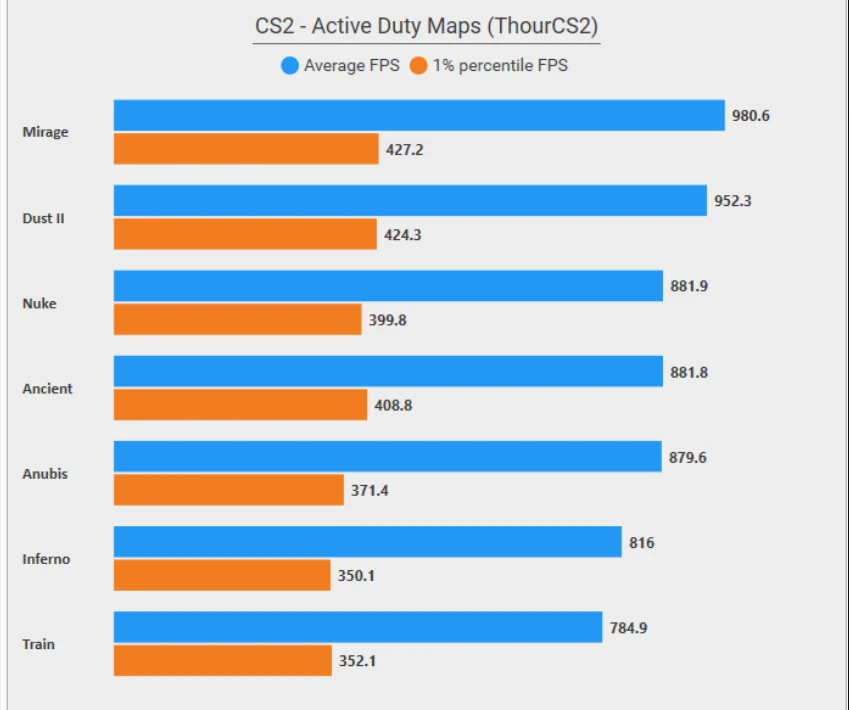
What Does This Mean for You as a Player?
- Competitive players and streamers: Stick to Mirage and Dust II — these maps guarantee fluid aim and pixel-perfect duels.
- Gamers on weaker systems: Consider avoiding Inferno and Train, where FPS drops are more likely during executes or utility-heavy rounds.
- Level designers and developers: These results are a clear indication that geometry, lighting, and shadow rendering on some maps require further optimization.
This FPS benchmark clearly proves that — even in mid-2025 — CS2’s map performance remains highly inconsistent. While the Source 2 engine allows for FPS above 900 in ideal conditions, not all maps are created equal. In-game responsiveness is about more than just raw FPS — frametime spikes, dips, and microstutters can decide the outcome of a round.
Understanding which maps perform better isn’t just tech trivia — it’s part of your competitive toolkit, right up there with your aim and utility usage.

































